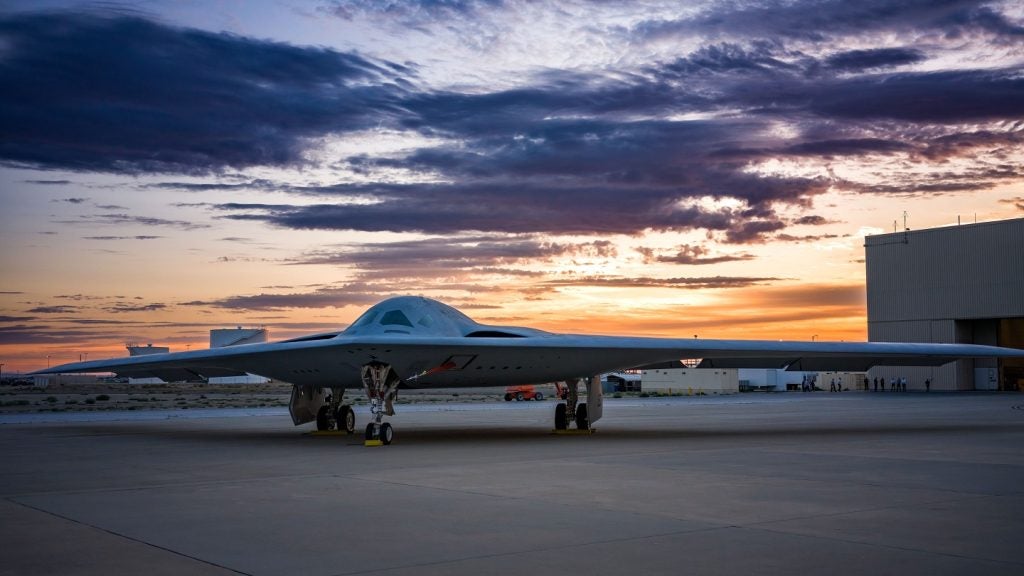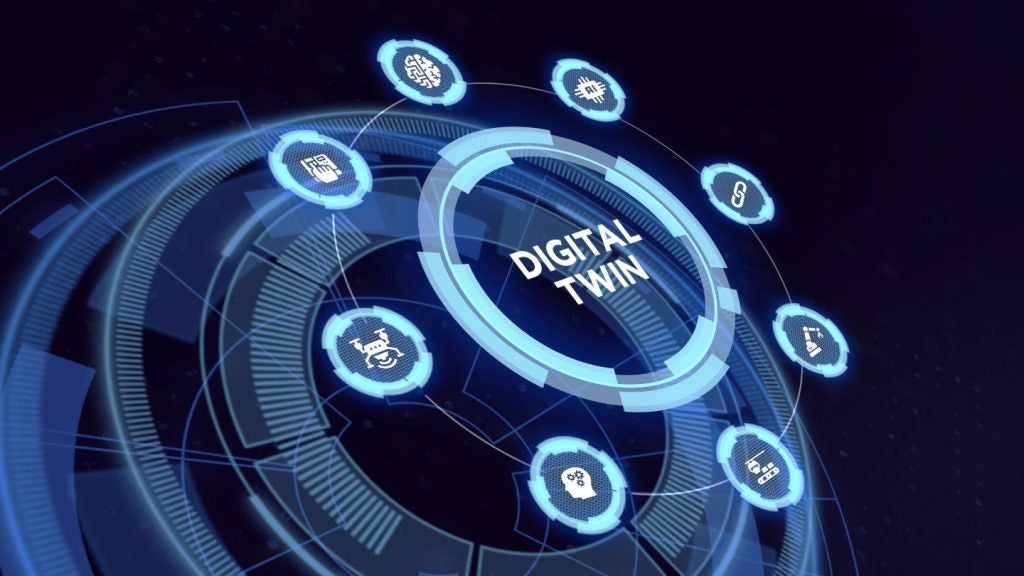The aerospace and defense industry continues to be a hotbed of patent innovation. Activity is driven by the pressing need for modernization and automation, and the growing importance of technologies such as artificial intelligence (AI), robotics, and computer vision. In the last three years alone, there have been over 237,000 patents filed and granted in the aerospace and defense industry, according to GlobalData’s report on Robotics in defense: space robots. Buy the report here.
According to GlobalData’s Technology Foresights, which uses over 206,000 patents to analyze innovation intensity for the aerospace and defense industry, there are 110 innovation areas that will shape the future of the industry.
Space robots is a key innovation area in robotics
Space robots are robots designed to operate in space and explore space environments. They can be used for tasks such as inspection, servicing, assembly, manufacturing, and refueling of spacecraft and satellites. They are equipped with various features such as imagers, inertial measurement units, thrusters, robotic grippers, manipulator devices, and additive manufacturing subsystems.
See Also:
GlobalData’s analysis also uncovers the companies at the forefront of each innovation area and assesses the potential reach and impact of their patenting activity across different applications and geographies. According to GlobalData, there are 20+ companies, spanning technology vendors, established aerospace and defense companies, and up-and-coming start-ups engaged in the development and application of space robots.
Key players in space robots – a disruptive innovation in the aerospace and defense industry
‘Application diversity’ measures the number of applications identified for each patent. It broadly splits companies into either ‘niche’ or ‘diversified’ innovators.
‘Geographic reach’ refers to the number of countries each patent is registered in. It reflects the breadth of geographic application intended, ranging from ‘global’ to ‘local’.
Patent volumes related to space robots
| Company | Total patents (2010 - 2022) | Premium intelligence on the world's largest companies |
| Royal Bank of Canada | 1 | Unlock Company Profile |
| Busek | 2 | Unlock Company Profile |
| Bigelow Aerospace | 2 | Unlock Company Profile |
| Lockheed Martin | 1 | Unlock Company Profile |
| National Aeronautics and Space Administration | 8 | Unlock Company Profile |
| Government of Canada | 1 | Unlock Company Profile |
| Aerospace New Long March Electric Vehicle Technology | 1 | Unlock Company Profile |
| Northrop Grumman | 5 | Unlock Company Profile |
| U.S. Department of Defence | 1 | Unlock Company Profile |
| M&T Bank | 7 | Unlock Company Profile |
| Oceaneering International | 6 | Unlock Company Profile |
| Japan Aerospace Exploration Agency | 9 | Unlock Company Profile |
| Boeing | 1 | Unlock Company Profile |
| Maxar Technologies | 54 | Unlock Company Profile |
| Airbus | 14 | Unlock Company Profile |
| Deutsches Zentrum fur Luft- und Raumfahrt | 1 | Unlock Company Profile |
| Astroscale | 1 | Unlock Company Profile |
| Anhui YingLiu Group | 1 | Unlock Company Profile |
| Effective Space Solutions | 5 | Unlock Company Profile |
| Beijing Aerospace Propulsion Technology | 4 | Unlock Company Profile |
| Voyager Space | 2 | Unlock Company Profile |
| The United States Of America | 1 | Unlock Company Profile |
| Shanghai Engineering Center For Microsatellites | 6 | Unlock Company Profile |
| Effective Space Solutions R&D | 3 | Unlock Company Profile |
| Changsha Zhanshuo Xuanxing Information Technology | 1 | Unlock Company Profile |
| Yancheng Xiongying Precision Machinery | 1 | Unlock Company Profile |
| MDA | 6 | Unlock Company Profile |
| Aerospace New Long March Electric Vehicle Technology | 10 | Unlock Company Profile |
Source: GlobalData Patent Analytics
Maxar Technologies (Maxar), a space technology company based in the US, is one of the leading patent filers in space robotics. The company filed patents for satellite systems and subsystems equipped with robotic manipulators configured to perform critical functions such as additive manufacturing, assembly of communication satellites, and detaching and deploying a plurality of small satellites and payload modules from a common launch vehicle in an on-orbit space environment.
Maxar provided robotic arms for six of the US National Aeronautics and Space Administration’s (NASA) Mars missions, including the Spirit, Opportunity, Curiosity, and Perseverance rover missions and the Phoenix and Insight lander missions, to dig, drill, sample, and explore the surface on Mars.
The company is also building robotic systems to demonstrate on-orbit assembly, servicing and refueling of satellites, and explore the lunar surface as part of NASA’s Artemis human and robotic Moon exploration program. Maxar will demonstrate its robotic capabilities to gather geotechnical data and collect regolith on the lunar surface, as part of the Sample Acquisition, Morphology Filtering and Probing of Lunar Regolith (SAMPLR) mission under the Commercial Lunar Payload Services (CLPS) initiative of NASA to support the Artemis program and create a long-term presence at the Moon.
In May 2023, Maxar received a contract from NASA for the Light Bender project, which aims at generating and distributing power on the lunar surface by reflecting sunlight to a solar panel located in the dark zone of the lunar surface. The Light Bender project is being undertaken through a partnership between Maxar and NASA Langley Research Center, with NASA Langley responsible for the structural design and Maxar for the robotic design and operations.
Some other key patent filers in space robotics include Airbus, Aerospace New Long March Electric Vehicle Technology, and Japan Aerospace Exploration Agency.
In terms of application diversity, Japan Aerospace Exploration Agency, Northrop Grumman, and NASA are some of the leading innovators. By means of geographic reach, some of the leading patent filers include Japan Aerospace Exploration Agency, Maxar Technologies, and Effective Space Solutions.
To further understand the key themes and technologies disrupting the aerospace and defense industry, access GlobalData’s latest thematic research report on Robotics in Defense.
Premium Insights
From

The gold standard of business intelligence.
Blending expert knowledge with cutting-edge technology, GlobalData’s unrivalled proprietary data will enable you to decode what’s happening in your market. You can make better informed decisions and gain a future-proof advantage over your competitors.





